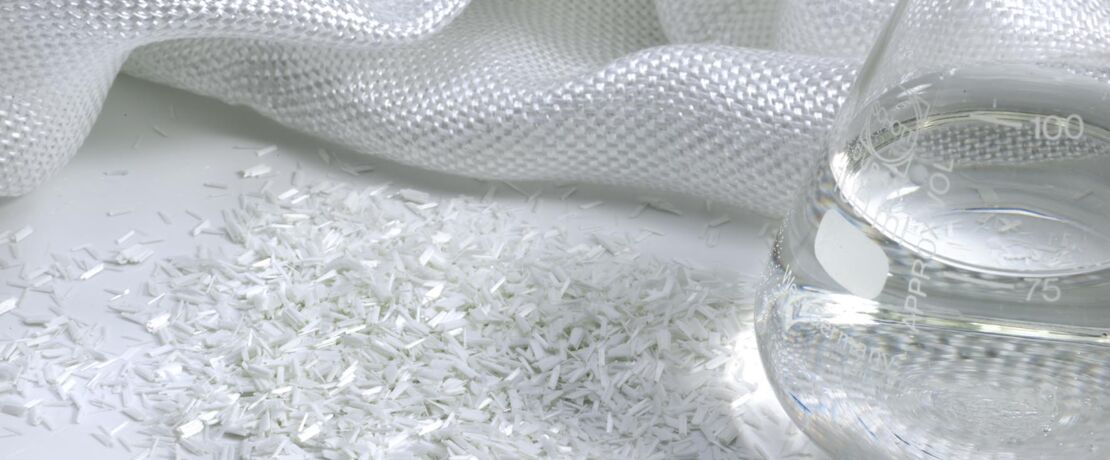
Mineral and Glass Wool
Effective insulation for greater climate protection
Saving energy is becoming increasingly important – as energy prices are rising and reducing CO2 emissions is required to combat climate change. Nearly 80 percent of all energy costs incurred by households in Germany are spent on heating and hot water. Hence, they are the greatest source of potential savings. Effective heat insulation is therefore an essential step on the path to climate neutrality.
A facade refurbishment can result in up to 20 percent savings on energy costs. Moreover, the German Federal Buildings Energy Act of 2020 (Energieeinsparungsgesetz, EnEG) establishes minimum requirements for CO2 emissions for new buildings. These targets cannot be achieved without effective insulation.
Products made of mineral wool have been popular for decades as cost-effective insulation materials – they account for more than one-half of all insulating materials installed in Germany. After all, mineral wool offers outstanding insulating properties, is nonflammable and, furthermore, is impervious to moisture.
Dynasylan® bonds fibers and resins – creating stable mineral wool products
However, mineral wool would be virtually useless as an insulation material were it not for additives. The material could not withstand mechanical stresses and would crumble quickly. Resins are therefore added to ensure that the fibers have the required stability. However, resins bind poorly with the fibers unless subjected to further treatment. It takes silanes such as Dynasylan® silanes to turn the molten starting material into a form-stable mass that is easy to process.
Dynasylan® silanes also have yet another vital task: Poorly bonded fibers and resins allow moisture penetration, ultimately leading to thermal bridges. Thus, although silanes account for just a small proportion of the production process in terms of quantity, they have a major impact.
Mineral wool also provides effective sound insulation
Mineral wool also includes rock wool and glass wool. They are used as a filler material in the form of mats, nonwoven fabrics, felt or in loose-fill form. In buildings, they primarily serve as heat insulation and are used in facades or roofs. Mineral wool is also used under floors where they also provide very good sound insulation.
Glass wool is lighter than rock wool and is therefore used in lightweight construction or automotive applications. However, mineral wool melts as low as around 700 degrees Celsius, meaning that rock wool – which has a higher temperature resistance – is often preferred for fire protection purposes. Cables and tubes can likewise be insulated using mineral wool, as can boilers or tanks.
When considering its impact on the environment during manufacturing, transport and storage, mineral wool is superior to other insulation materials, such as polystyrene or polyurethane (which are made from crude oil).
Producing glass wool – the idea originated at a local German church festival
Sometimes inspiration hits you when you least expect it: A young engineer named Friedrich Rosengarth from Bergisch Gladbach was inspired to develop a process for the production of glass wool during a visit to a local church festival at the end of the 1920s. When he saw how cotton candy is spun around a rotating plate, he had the idea of using a similar centrifugal process to produce glass wool as an insulation material.
Together with his brother, so the story goes, he subsequently experimented with a disc driven by a vacuum cleaner motor in a basement. And with success – in 1930, he applied for a patent for the process he developed. Rosengarth has been considered a pioneer in glass wool technology ever since.
The benefits at a glance:
- Nonflammable
- Repels moisture
- Provides stability
- Bonds fibers and resins
